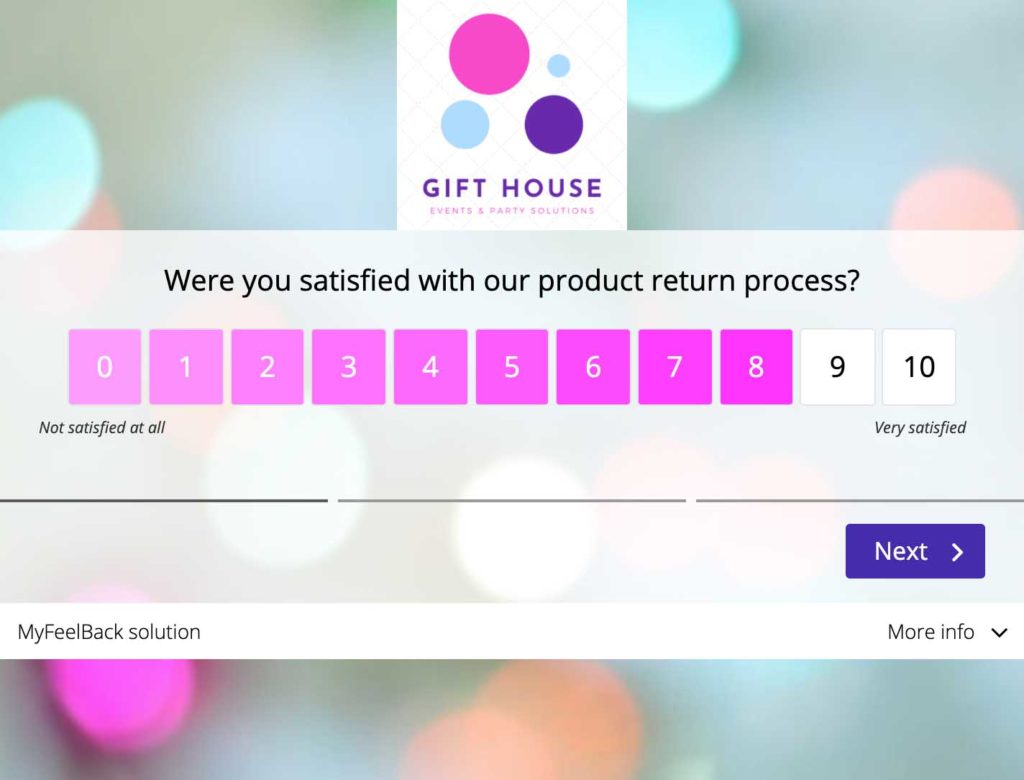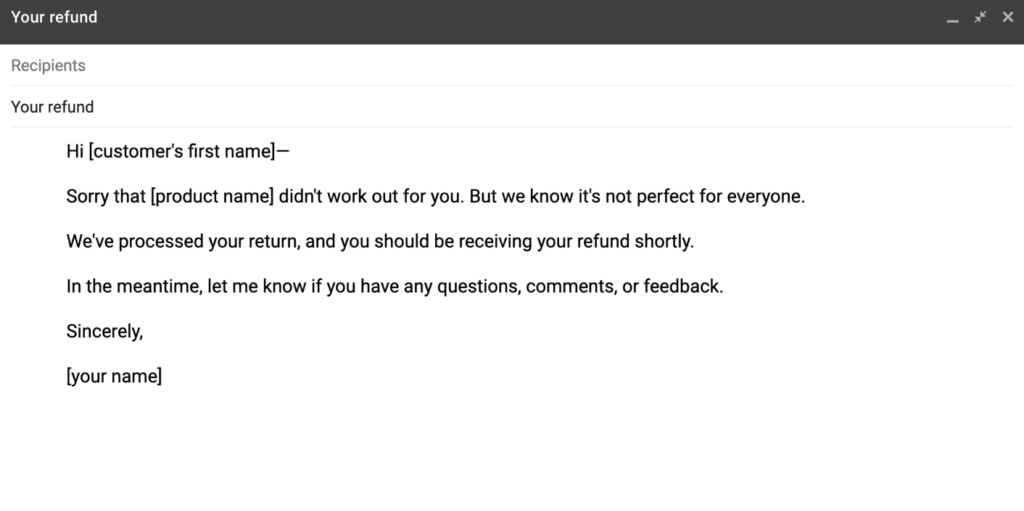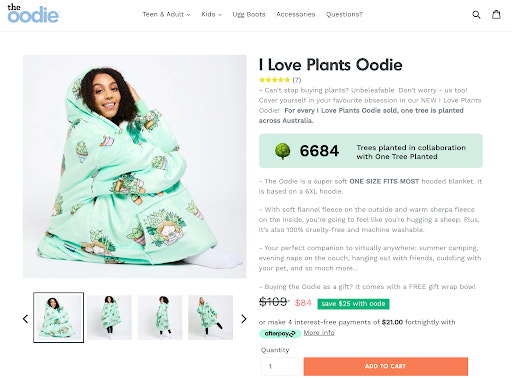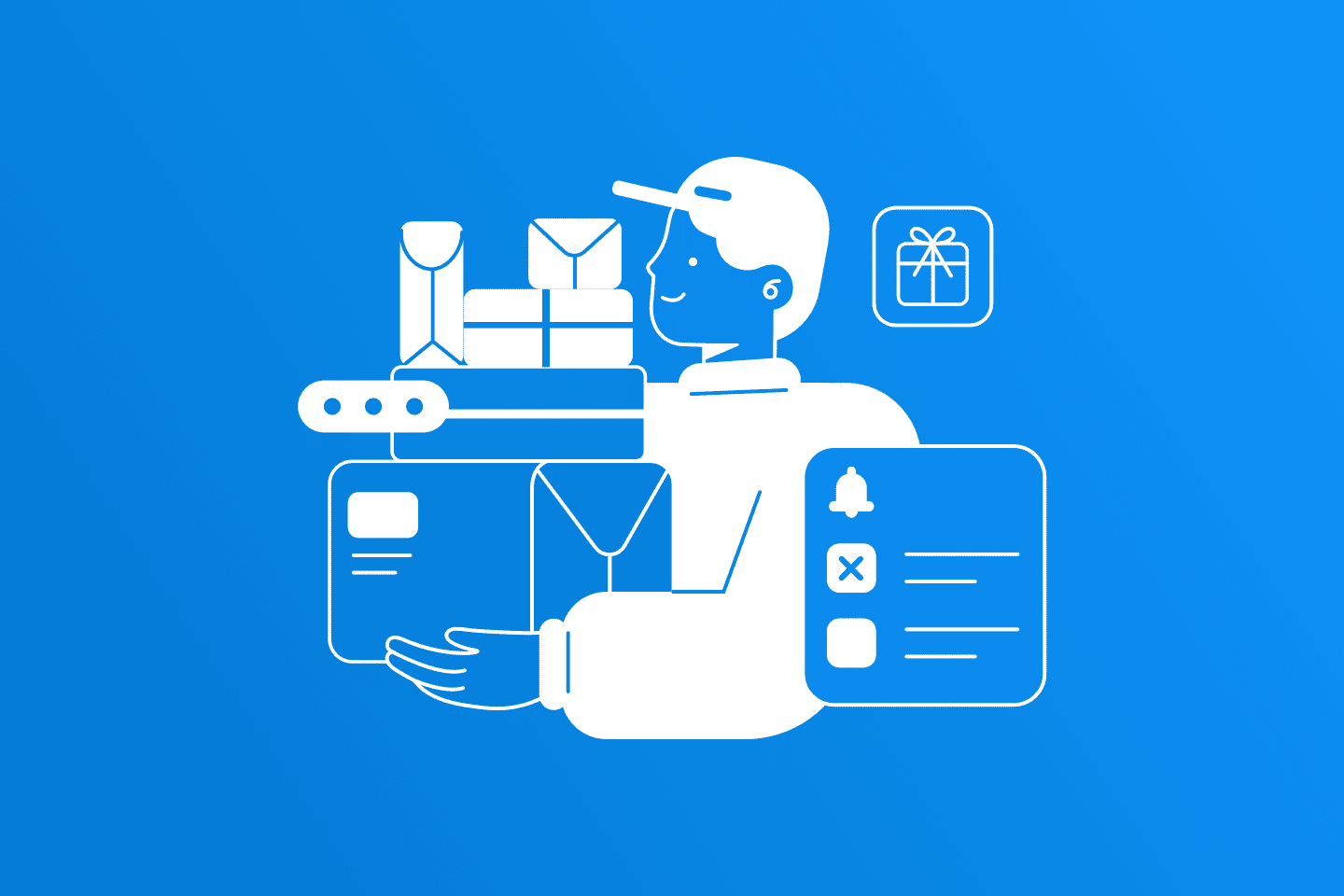Returns are often viewed as an inherent evil among eCommerce businesses. Various factors are contributing to a high return rate. Poor fit, receiving a damaged product, product faults, wrong expectations, customer indecision are just a few.
However, it’s not always a customer’s fault that a return takes place. Often, brands are to blame for failing at communicating sizing correctly or forgetting to mention important information in product descriptions.
While it’s hard to bring returns down to zero as there will always be some factors beyond your influence, you can still work on curbing returns by changing some of your company processes and the approach to communicating your products.
Ways To Reduce Returns
Returns are expensive. By reducing your return rate, you will notice an instant improvement in your eCommerce sales and income without investing more in bringing new customers to your website. So how can you curb returns without spending a lot of money? Here, we have collected some easy-to-introduce ideas to help you out.
Get Customers To Share Their Opinion
Most brands aim to collect only the best customer reviews about their products – those that they make public. To get more customer reviews, brands incentivize customers with additional discounts or other freebies.
This is especially useful for entrepreneurs starting an eCommerce business and aiming to build trust with potential customers fast. However, once you have got some traction with your eCommerce store and your sales volume starts to increase, reducing returns becomes one of the main challenges to fight.
This is the time to focus on collecting online reviews and feedback on what doesn’t work. Collecting negative feedback will help learn about the reasons for returns and work out a strategy to prevent them in the future.
For example, you can find out that most customers return products (shoes or apparel) because they expected your product to be bigger. Knowing about this aspect, you can then decide to add a note to your product description recommending a bigger shoe size as your products tend to be smaller than standard ones.
Remember that you shouldn’t necessarily share negative reviews publicly. The idea is to learn what you can improve, so you can start reducing returns.
To collect customer feedback about returns, you can use a standard NPS survey.
Make sure that apart from a 1-10 scale question, you also ask customers about the reasons for returning products in an open-ended question. Here is an example of an NPS survey for eCommerce.

Offer An Outstanding Customer Service
Customers might return a product if they don’t understand how it works and can’t reach out to anyone from your company when looking for help. To avoid this reason for product returns, introduce live support – either by phone or text.
When you use various sales platforms, you have to list products you publish on your website, synchronize, and manage orders from one place.
For example, when you are integrating a Shopify account with Ebay, you can get issues with synchronizing your stock records.
As a result, your customers can end up buying a product that is no longer available in your warehouses.
Your customer support agents should be able to deal with such situations, call customers back, and offer a similar product. This way, less customers will ask for a refund.
In some cases, customer support agents can also help avoid returns by educating a customer on the right usage of the product. They also can offer an exchange option instead of product returns.
Even if your customer ends up returning a product, helpful support agents will make a positive impression, converting first-time buyers into repeat customers, and eventually getting them to become brand ambassadors.
Improve On Packaging
You can expect some eCommerce returns because customers receive damaged or malfunctioning products.
One of the main reasons for it is the packaging. You can never count on the fact that a fragile product will always be handled the right way.
Once a product leaves your warehouse, you can never predict how your carrier will process it.
That’s why make sure to follow the following packaging rules to reduce the risk for eCommerce returns.
- use bubble wrap, double or triple lined boxes for fragile items
- label your products with what’s inside
- don’t skimp on shipping material
- use waterproof packaging for the items susceptible to water damage
- add relevant information about how items should be stored (on a box)
- provide polypropylene straps for items weighing over 8 kg
Introduce Post-Purchase Email Sequences
Educate your customers on using your product. Create automated emails and trigger them when a customer purchases certain products.
For example, if you sell food processors, send emails with simple recipes to inspire new cooking ideas and get people to use your product more often.
With technology products, consumers can have problems with installation. Be there to offer help when needed. In your post-purchase email, mention the option to connect with your customer support team that can assist with troubleshooting.
If your customers end up returning a product, make sure you inform them about the eCommerce returns status and a refund.
For example, if you have started to process returns, send an automated email and let a customer know that there is some progress with their product return.
Here is an example of an email informing a customer about a return status.

Pro-tip: if you are not using automated emails just yet, check out these free email marketing providers to get started.
Improve Your Product Descriptions
Expecting a different product is one of the reasons why customers return a product.
Sometimes, brands exaggerate product qualities in an attempt to sell more. Using this tactic can result in customers receiving a product that doesn’t meet their expectations.
Some eCommerce brands don’t spend much time writing detailed product descriptions explaining how a product works and how to use it.
While customers may decide to buy a product, they can only guess about its qualities.
In both cases, you should review your product descriptions if you want to achieve fewer returns. When reviewing, think if you have covered all product features and qualities as they are.
Put yourself in your customers’ shoes – use the words they use to talk about your product, answer the questions they usually ask about products like yours.
For example, the Oodie uses language that makes it easier for their ideal persona to get a better understanding of products.
They are using phrases like “one size fits most” or “feel like you are hugging a sheep”. This way, this brand relates to the customers who like plants and most likely hunt for blankets with floral elements.

Pro-tip: It’s better to develop a custom eCommerce website and work with a professional team of UX researchers and developers who will create the right page structure for your eCommerce business, customize the look, and make your eCommerce store more user-friendly compared to off-the-shelf solutions.
Invest In High-Quality Pictures
One of the frustrations customers face when receiving purchased products is that they don’t look like they are in the pictures on the website..
Brands often get carried away with photo post-production. Not only do they remove models’ skin imperfection, but they also enhance fabric colors to make it look better.
That’s the wrong thing to do. If you want to build long-term relations with your customers, invest in good photos that show your product the way they are.
For example, you can use more lifestyle shots showing your products when on models, not on a white background.

Pro-tip: It’s always worth spending a bit of time on researching eCommerce products that are gaining popularity among consumers, so you don’t have to make a lot of effort (such as excessive Photoshop editing) to make them look attractive and sell online.
Use Product Videos
Another way for reducing returns is by showing your product in action. That’s almost like visiting a showroom! Record high-quality videos to show your product from different angles.
For example, Sierra Designs’ narrator is explaining everything a buyer needs to know before buying their tent. He shows the tent’s insides and outsides.

Thanks to videos, a customer can get a better understanding of what a product contains and how it works.
With videos, they can see what they otherwise wouldn’t notice on a product photo or read in a product description.
A product video is a great way to attract customers who will end up using your product and turn off those that would most likely initiate a return process.
Pro-tip: Use an express video maker to create professional product videos at a low cost. Pre-made videos are a good option for an online business that has scarce marketing budgets and want to use this medium to reduce product returns.
Build Trust And Customer Loyalty
Don’t make it difficult for online shoppers to return a product. Offering short return windows and having a complicated return process in place will only get your customers disappointed and rush them in a decision to return a product before it’s too late.
Build trust by offering a generous return policy to meet your customer expectations better. For example, Zappos allows customers to return their products within 365 days.
If online shoppers decide to return a product, it shouldn’t mean the end of your relationship. No matter if you operate in traditional eCommerce or sell eCommerce subscriptions, by offering a great return experience, you will cement your relations with customers for years ahead.
Next time, they decide to buy something from you, they won’t be afraid to proceed to checkout with the awareness that even if a product doesn’t fit, they can easily return it.
Create a stellar eCommerce customer experience by nurturing relationships with customers who have returned a product. Send personalized offers, thank you cards with discounts, and specials to encourage customers to buy again.
Wrapping Up
Don’t perceive customers who return products as lost. By offering impeccable service and making a good impression throughout the whole return process, you can get your customers to buy from you again in the future.
Also, make it easier for customers to make the right buying decision while not being able to try on a product in a fitting room.
Work on improving your product descriptions include the information about sizing and show your product as it is – use high-quality photos and videos.
Last but not least, find customer support agents that can establish a human touch with your customers and answer all their questions in real-time.
All these strategies combined will lead to building more trust with your customers and, as a result, they will want to buy from you again many times in the future.






